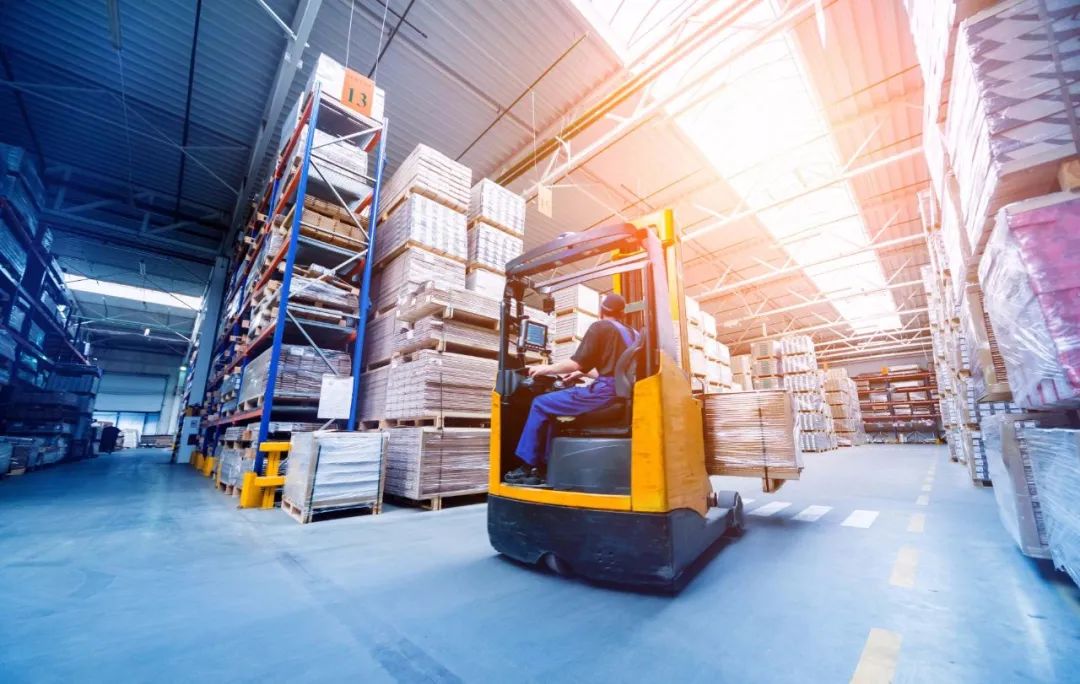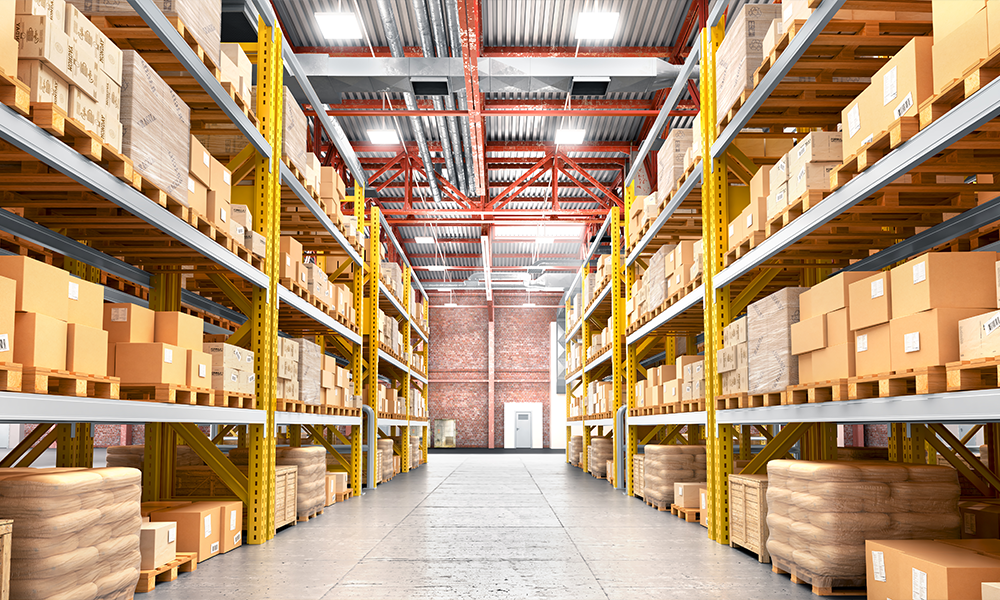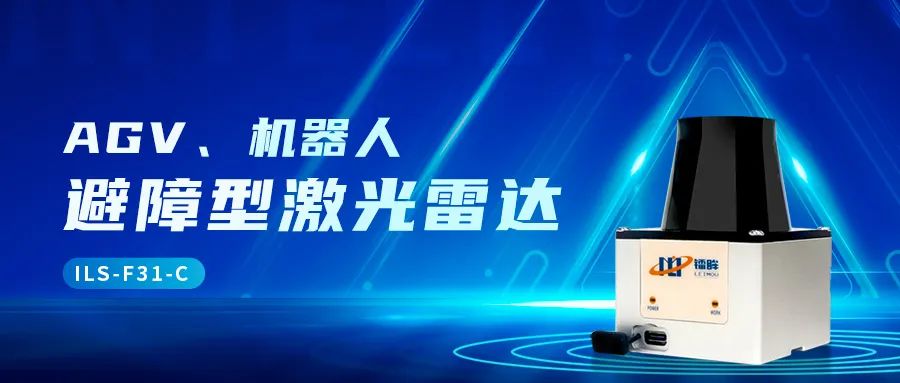Intelligent evolution of unmanned forklifts, only missing a laser radar
2024-01-02 16:25:02
With the advent of the digital economy era, logistics has developed rapidly under the influence of information flow and business flow.Logistics is the third largest rigid demand industry after real estate and automobile manufacturing industry chain.As the long-tail market demand represented by manufacturing industry gradually releases, the demand for warehouse automation and intelligence will gradually become a rigid demand from the option of cost reduction and efficiency improvement.Unmanned forklifts in logistics nodes will gradually replace manual forklift operations, which will become an inevitable trend in future development.

Nowadays, in a warehouse or storage area, different types and sizes of goods are placed in different batches, and the environment is complex and diverse. It is difficult for customers to re-purchase equipment.The industry and supply chain of enterprises must be adjusted with the flow of business to promote flexible upgrades within the logistics nodes.

Faced with the increasing demands of enterprise customers for unmanned forklifts, the application scenarios of unmanned forklifts have shifted from initial flat handling, to high-level inbound and outbound operations, to loading and unloading trucks. The technical difficulty has also risen from simple autonomous navigation positioning to the pursuit of unmanned forklift end operation accuracy, operational efficiency, and complex scene adaptability. For example, transforming manual forklifts into unmanned ones, or replacing hand carts with goods to people AMR.

The final solution for unmanned logistics nodes should be "vehicle adaptation to the field" rather than "vehicle adaptation to the field".
At present, most of the solutions to the adaptability of unmanned forklifts in the market use LiDAR sensors. The LiDAR sensor plays the role of the "eye" in obstacle avoidance of unmanned forklifts, which can perceive real-time information about the surrounding environment and obstacles; It can still adapt to environmental adjustments in the warehouse or storage area at any time without the need for reconfiguration.

LEIMOU Lidar Assists Logistics Industry Upgrade
The ILS-F31-C obstacle avoidance LiDAR adopts the TOF ranging principle and integrates cutting-edge technologies from multiple disciplines, which can help unmanned forklifts achieve precise perception and real-time obstacle avoidance in warehouses. Capable of achieving long-distance obstacle avoidance up to 25 meters within a 270 ° field of view angle range, with a measurement error of only 3 centimeters.The independently developed system software can freely configure 16 obstacle avoidance area groups, and each area group can also freely set up 3 different levels of obstacle avoidance protection. It can be flexibly configured according to the obstacle avoidance needs of various complex environments, meeting the upgrading of the industrial chain of warehousing automation and intelligence, promoting the continuous upgrading of flexibility within industry logistics nodes, and reducing costs and increasing efficiency for enterprise production.


Nowadays, in a warehouse or storage area, different types and sizes of goods are placed in different batches, and the environment is complex and diverse. It is difficult for customers to re-purchase equipment.The industry and supply chain of enterprises must be adjusted with the flow of business to promote flexible upgrades within the logistics nodes.
Faced with the increasing demands of enterprise customers for unmanned forklifts, the application scenarios of unmanned forklifts have shifted from initial flat handling, to high-level inbound and outbound operations, to loading and unloading trucks. The technical difficulty has also risen from simple autonomous navigation positioning to the pursuit of unmanned forklift end operation accuracy, operational efficiency, and complex scene adaptability. For example, transforming manual forklifts into unmanned ones, or replacing hand carts with goods to people AMR.
The final solution for unmanned logistics nodes should be "vehicle adaptation to the field" rather than "vehicle adaptation to the field".
At present, most of the solutions to the adaptability of unmanned forklifts in the market use LiDAR sensors. The LiDAR sensor plays the role of the "eye" in obstacle avoidance of unmanned forklifts, which can perceive real-time information about the surrounding environment and obstacles; It can still adapt to environmental adjustments in the warehouse or storage area at any time without the need for reconfiguration.
LEIMOU Lidar Assists Logistics Industry Upgrade
The ILS-F31-C obstacle avoidance LiDAR adopts the TOF ranging principle and integrates cutting-edge technologies from multiple disciplines, which can help unmanned forklifts achieve precise perception and real-time obstacle avoidance in warehouses. Capable of achieving long-distance obstacle avoidance up to 25 meters within a 270 ° field of view angle range, with a measurement error of only 3 centimeters.The independently developed system software can freely configure 16 obstacle avoidance area groups, and each area group can also freely set up 3 different levels of obstacle avoidance protection. It can be flexibly configured according to the obstacle avoidance needs of various complex environments, meeting the upgrading of the industrial chain of warehousing automation and intelligence, promoting the continuous upgrading of flexibility within industry logistics nodes, and reducing costs and increasing efficiency for enterprise production.







